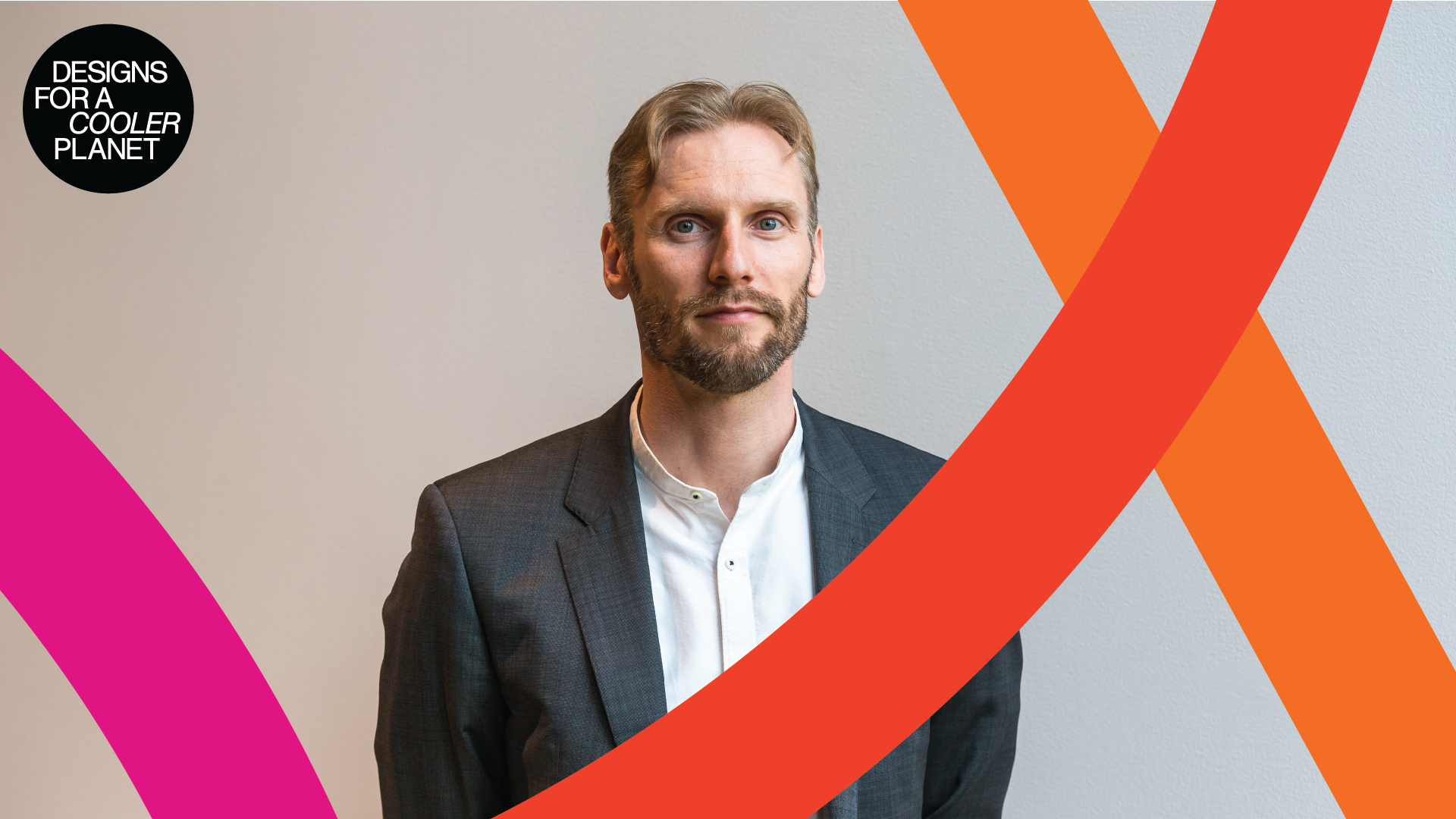Purposeful packaging

Packaging touches almost every person on the planet and it affects things that are of vital importance such as food safety and personal health. Aalto University’s lecturer Markus Joutsela explains how holistic take on package design can accelerate the circular economy.
A holistic take on package design can accelerate the circular economy.
If you thought that package design is just about shapes, colours, imagery and catchy descriptions, think again. Packaging touches almost every person on the planet and it affects things that are of vital importance such as food safety and personal health. Packaging choices have a major impact on the amount of waste produced globally; not to mention the added value and competitive edge well-thought-out packaging can give to businesses and brands, while at the same time helping save natural resources.
The packaging industry is huge: it reached over 900 billion dollars in value in 2019 (according to Smithers consulting) so could packaging also be a key player leading the way to a circular economy?
For a long time, our world has been part of a linear economy: we’ve focused on creating products from raw materials that eventually end up in a landfill. This needs to change. We have to start designing products that remain in use for as long as possible and systems that re-use materials, and all in closed loops. Circular design is designing out harmful parts of the supply chain, such as waste, unnecessary chemicals or additives but it’s also about developing new materials, influencing consumer behaviour and innovating sustainable business models.
As part of circular design, package design is systemic, strategic and generates both economic and environmental improvements. However, there is no one-size-fits-all solution so instead, we need to take a holistic approach to the whole packaging ecosystem.
Every part of the packaging ecosystem and value chain is critical — from material choices, logistics and retail options to visual communication and branding. At each step of the way, there is an opportunity for a design intervention. With creative design methods, we can discover surprising, hidden assets for development and recognise the challenges that need to be resolved. Design helps find solutions that add value for the consumer, give businesses a competitive advantage and are regenerative for our natural world.
In order to establish a sustainable change, it is also extremely important to consider the consumer and user perspectives when introducing new materials to markets, as consumer behaviour drives consumption. Design is also a means of communication, bringing clarity to the complex. It can be used to address user expectations and consumer acceptance, educate in product use and nudge consumer behaviour towards more responsible consumption and sustainable practices. Desirability can be implemented into packaging solutions by enabling convenience and designing for user experience.
The questions related to packaging are complex, but they are less complicated when we work together. Packaging stands at the crossroads of many of our key disciplines such as design, business and marketing, engineering, material research and visual communication.
We at Aalto University are in an exceptional position from which to strengthen transdisciplinary research and education within package design. We’re inviting companies to explore new ways to create sustainable, resilient, long-lasting value. Together we can become crucial behind-the-scenes enablers of change, using, for example, bio-based material research, user experience understanding or systemic business transformations as our tools for accelerating the circular world.
Design is an important driver of this holistic mindset, but at the end of the day, purposeful packaging is a collaborative effort. Are you already part of our network?
Markus Joutsela
Joutsela is lecturer in Visual Communication Design at the Aalto University School of Arts, Design and Architecture.
We are in a race against time: The UN Sustainable Development Goals must be achieved within 10 years. Aalto University’s Designs for a Cooler Planet event at Helsinki Design Week 2020 will showcase inspiring scenarios for the future in September at its Otaniemi campus. Collaboration between designers, researchers and stakeholders will lead to better solutions for people and the environment.